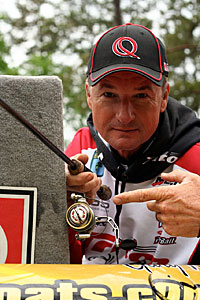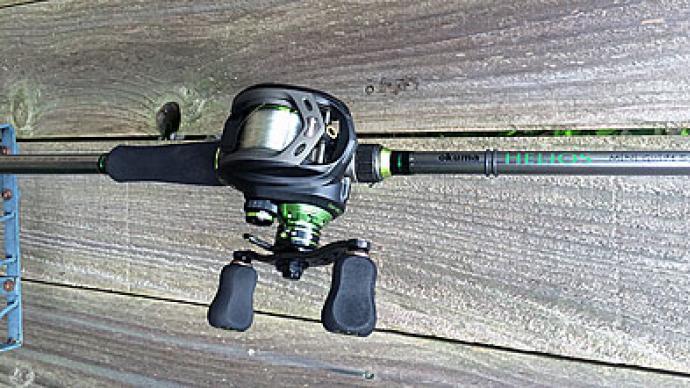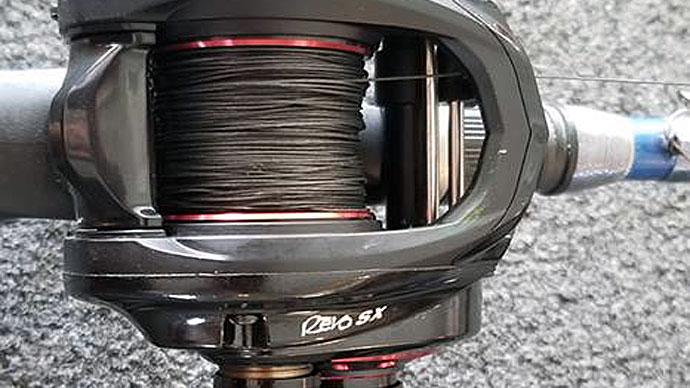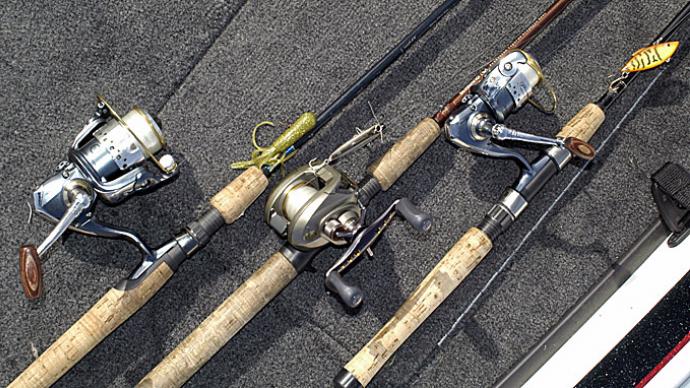
He's qualified for 29 Bassmaster Classics. He's won two Toyota Tundra Bassmaster Angler of the Year titles. But, unfortunately, he's also watched a lot of amateur spinning reel users come unspooled. "People fail to pay attention at the end of the cast," says legendary angler Gary Klein. For him, avoiding dreaded spinning reel tangles is a matter of habit -- the habit of manually flipping the bail closed.
Klein is adamant about the importance of making sure you manually flip the bail closed on any spinning reel at the end of the cast - every single time -- before - he repeats - "before!" -- your lure touches the water at the end of the cast.
"At that split second before the lure touches the water, there is still tension on the spool. The line is tightly packed. When you wait until the lure settles into the water, you've also inadvertently waited for slack line to form on the spool. Slack line forms loops. That's where spinning reel nightmares start," says Klein.
Quantum Product Manager and avid angler Chris Strickland says, "I completely agree with Gary. I always flip the bail manually to help prevent line twist. Quality reels have a bearing in the line roller to help eliminate line twists and wind knots, but the best assurance for using spinning reels without frustration is to manually flip the bail at the end of every single cast."
Klein warns that anglers who fail to flip the bail will experience nightmarish line issues more frequently with braid than monofilament. "Mono has some memory, which allows it to pack itself on the spool a hair better repeatedly, but braid has very little memory, so every cast with braid is like starting from scratch," says Klein.
Also, pay attention to how the line is stacking on the spool when putting a new line on your reel. "If your line stacks unevenly on the spool, you are asking for trouble. You can add adjustment washers to eliminate the issue. Then, simply remove the spool, add the necessary adjustment washers to the main shaft, re-attach the spool, and fill it full of line," says Strickland.
And above all, manually flip the bail closed. Every time. Just before your bait hits the water.




